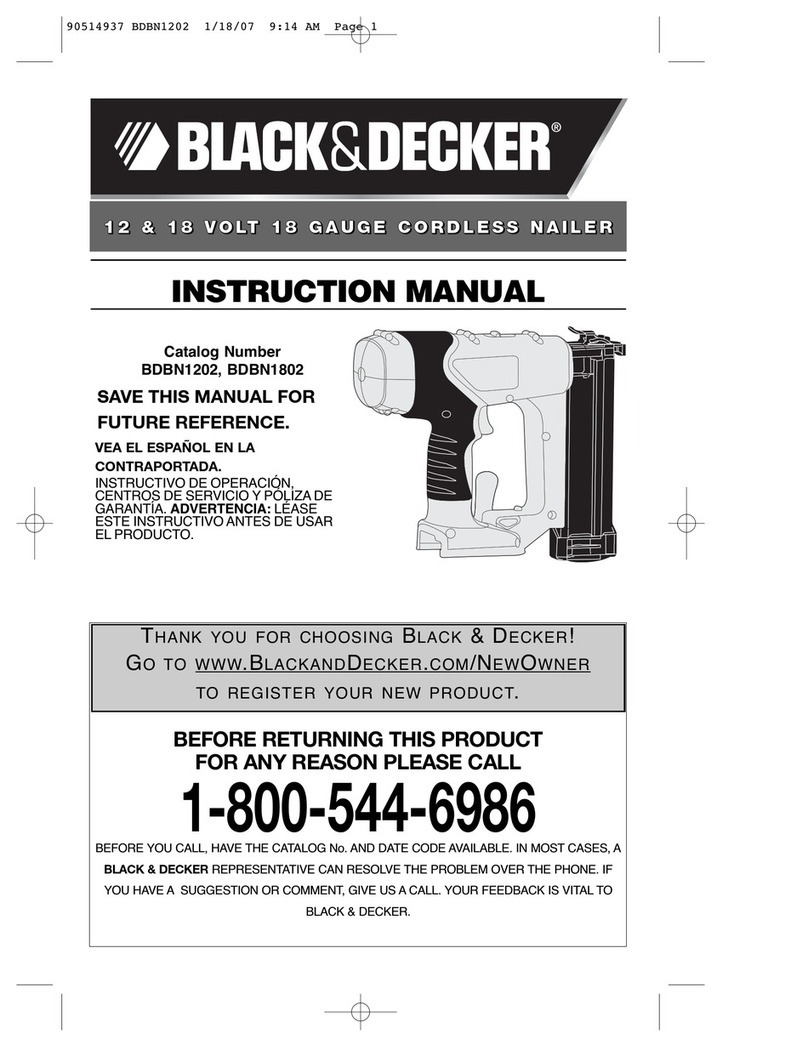Hitachi Koki NR 90AE Instruction Manual
Other Hitachi Koki Nail Gun manuals
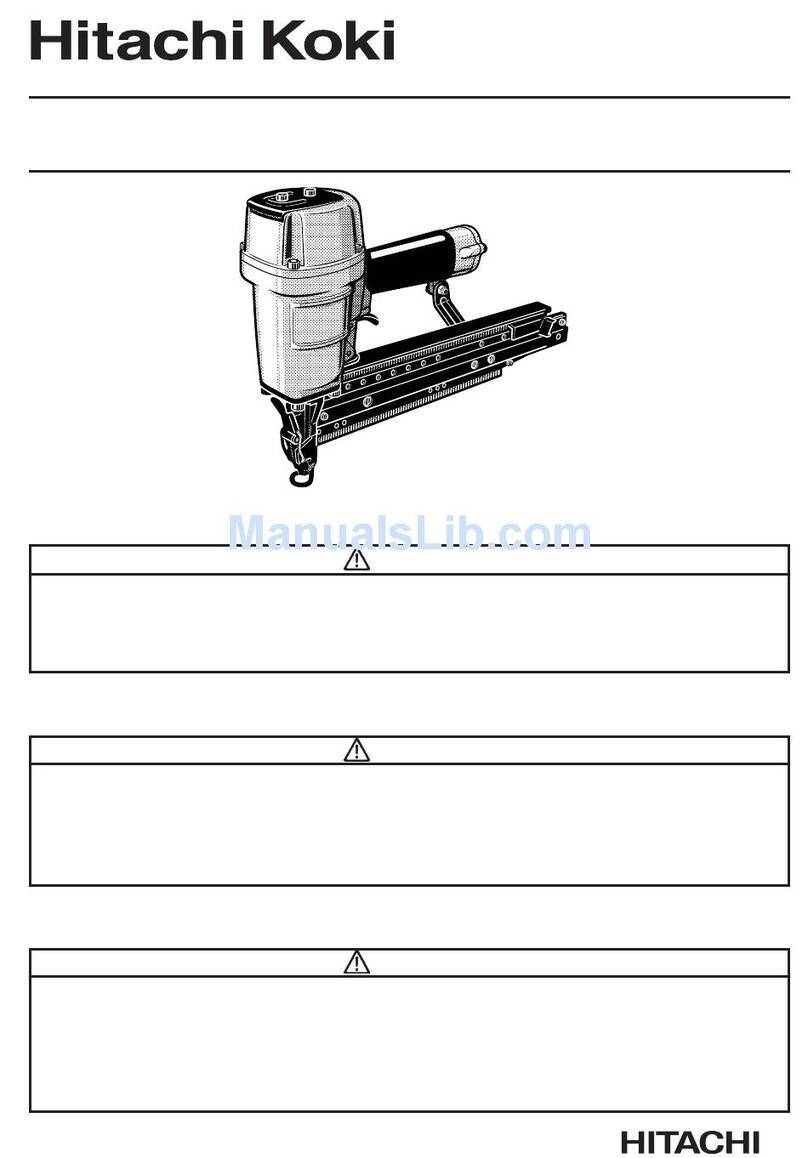
Hitachi Koki
Hitachi Koki NT65A3 - Power Tools 2-1/2'' Finish Nailer User manual

Hitachi Koki
Hitachi Koki NR 90AD Instruction Manual
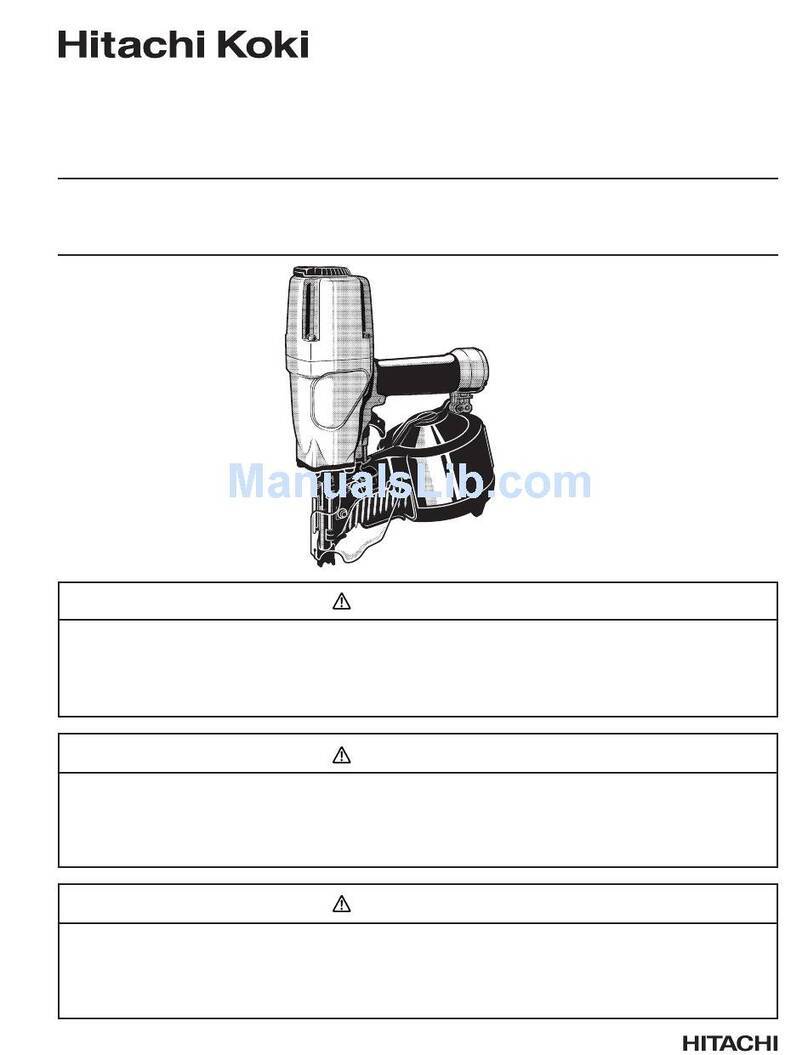
Hitachi Koki
Hitachi Koki NV75AG - 3" Utility Coil Nailer Instruction Manual

Hitachi Koki
Hitachi Koki NV 65AH Operator's manual
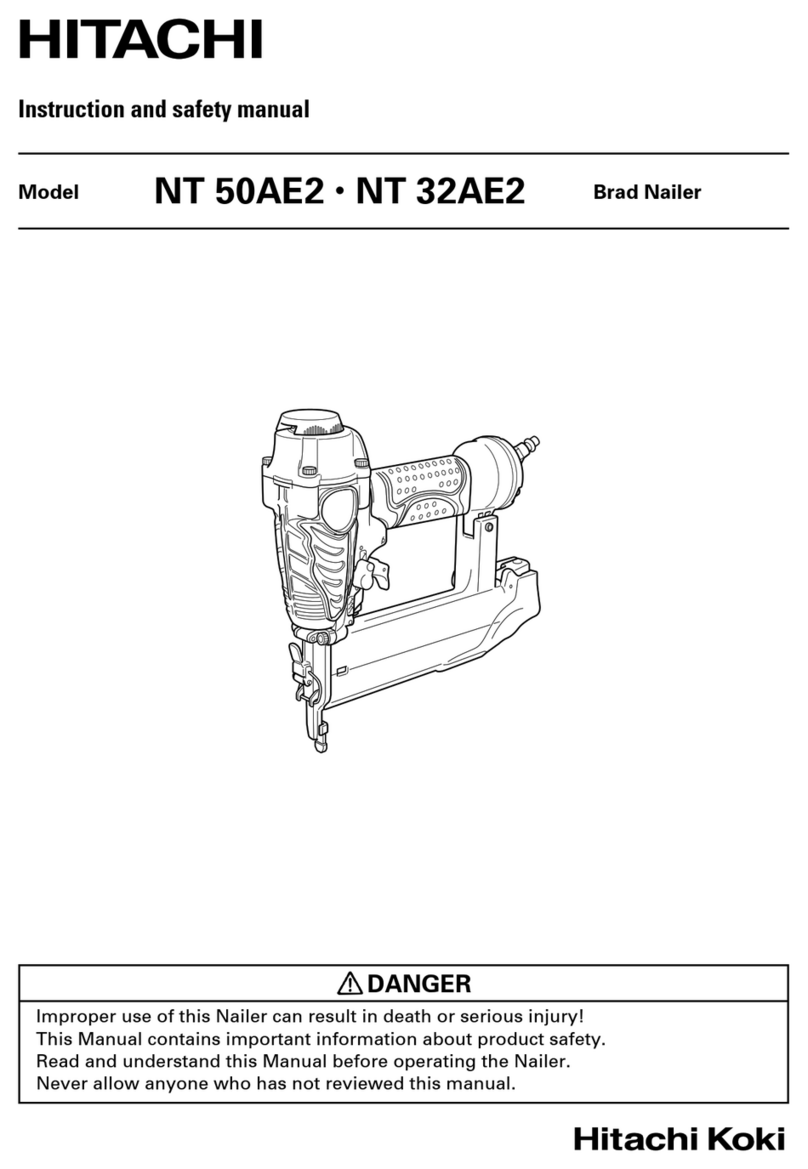
Hitachi Koki
Hitachi Koki NT 50AE2 Instruction Manual

Hitachi Koki
Hitachi Koki NV65AH - Pneumatic Coil Siding Nailer Wire/Plastic... Instruction Manual
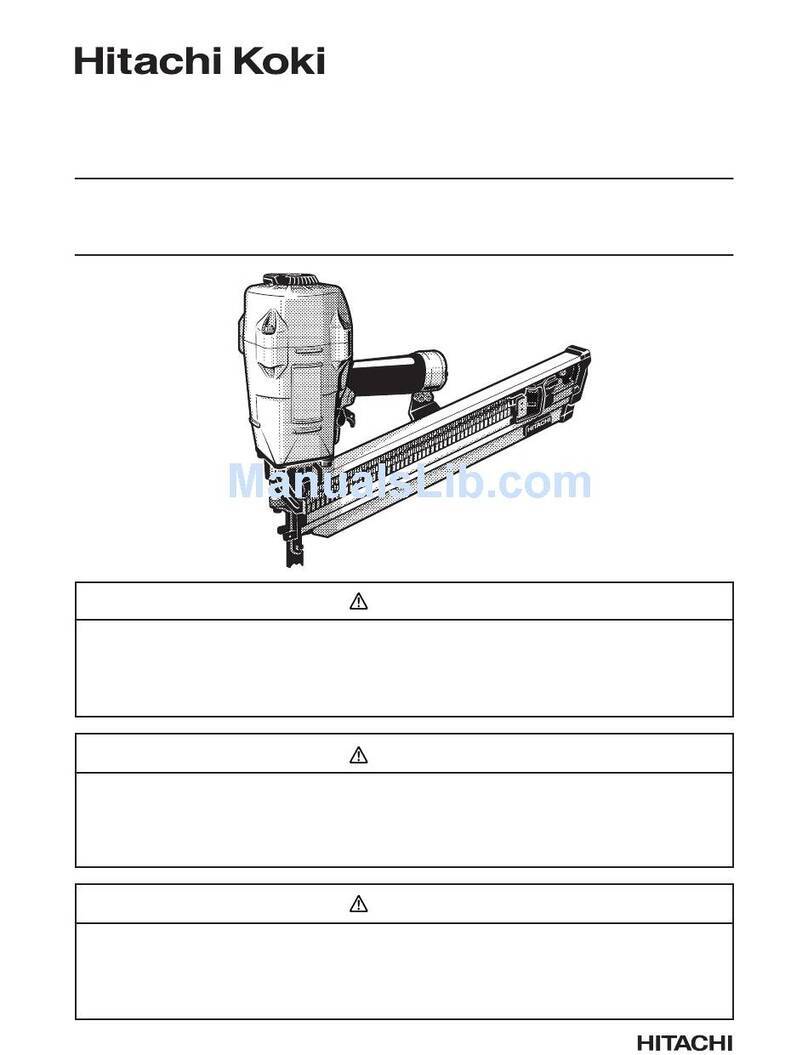
Hitachi Koki
Hitachi Koki NR90AC3 - 3 1/2 Inch Full Head Framing Strip... Instruction Manual

Hitachi Koki
Hitachi Koki NR 83AA3 Instruction Manual

Hitachi Koki
Hitachi Koki NR 83AA3 Instruction Manual
Popular Nail Gun manuals by other brands

Performance Tool
Performance Tool M643 owner's manual

Hitachi
Hitachi VH650 - Fencing Nailer, Full Head instruction manual

Parkside
Parkside PET 25 B1 Operation and safety notes

Senco
Senco Fusion Technology F-35XP operating instructions

Grizzly
Grizzly G1847 instruction manual

Ryobi
Ryobi R18N18G Original instructions

Black & Decker
Black & Decker 492848-00 instruction manual

HOLZMANN MASCHINEN
HOLZMANN MASCHINEN TN90 user manual

Metabo HPT
Metabo HPT NR 3690DC Instruction and safety manual

Surtek
Surtek CN650 User manual and warranty

Makita
Makita GF600 instruction manual

Parkside
Parkside PET 25 B1 Operation and safety notes




